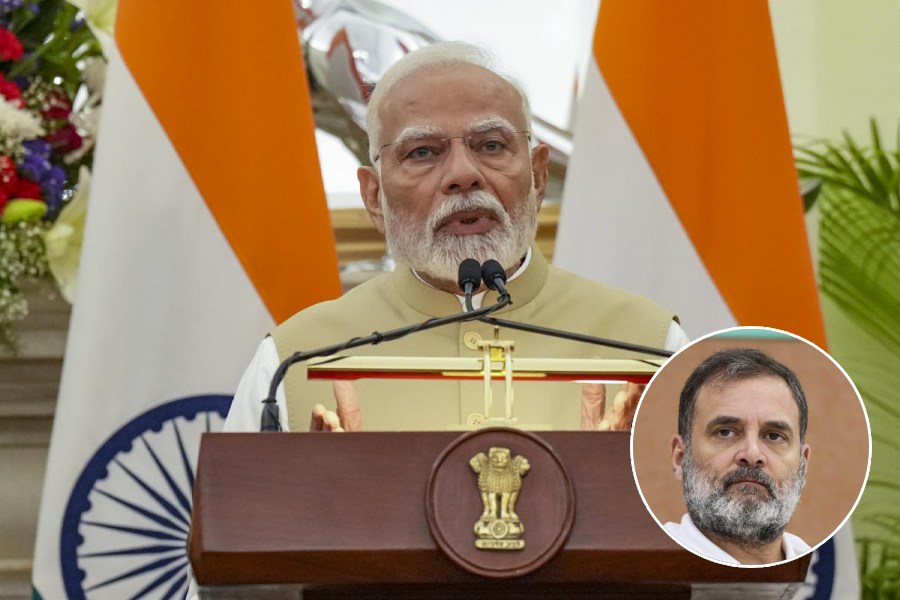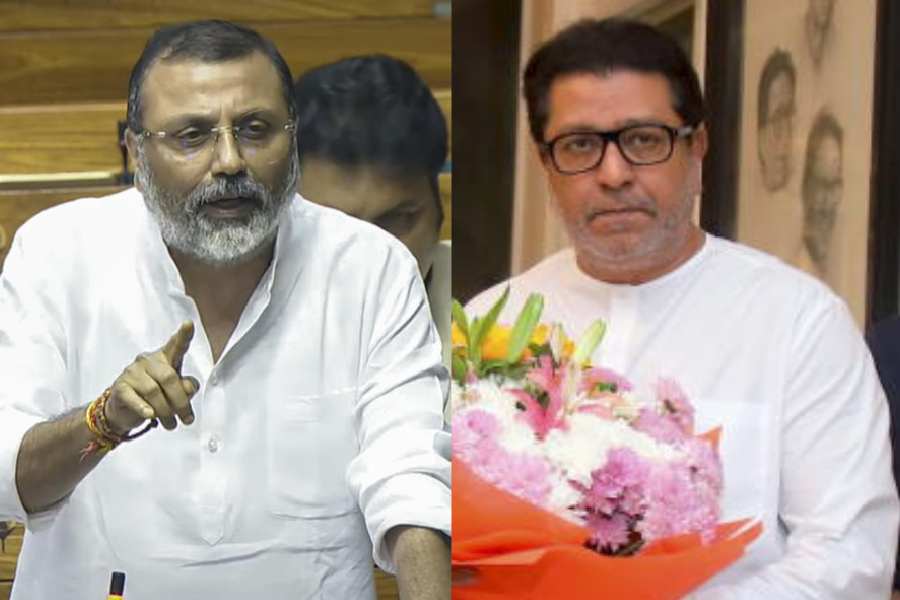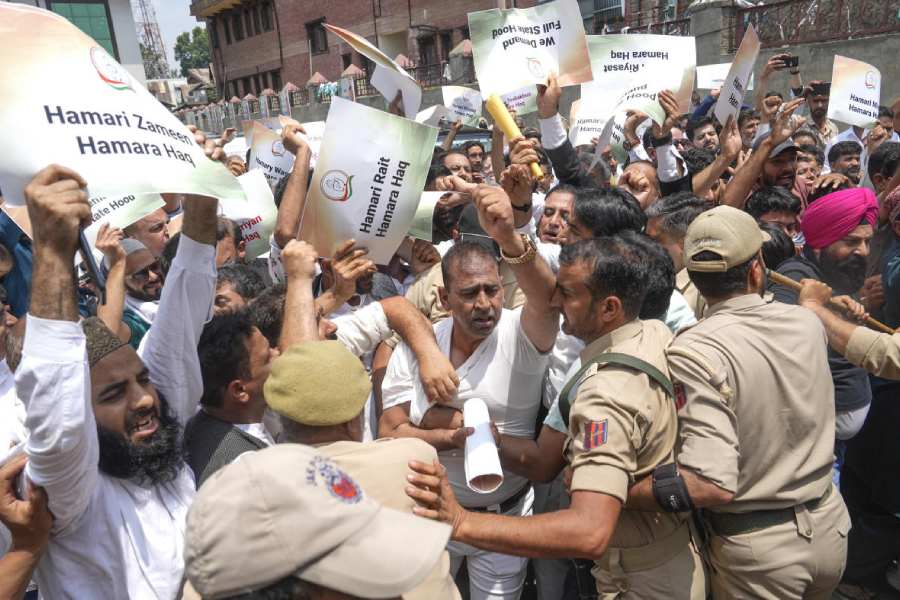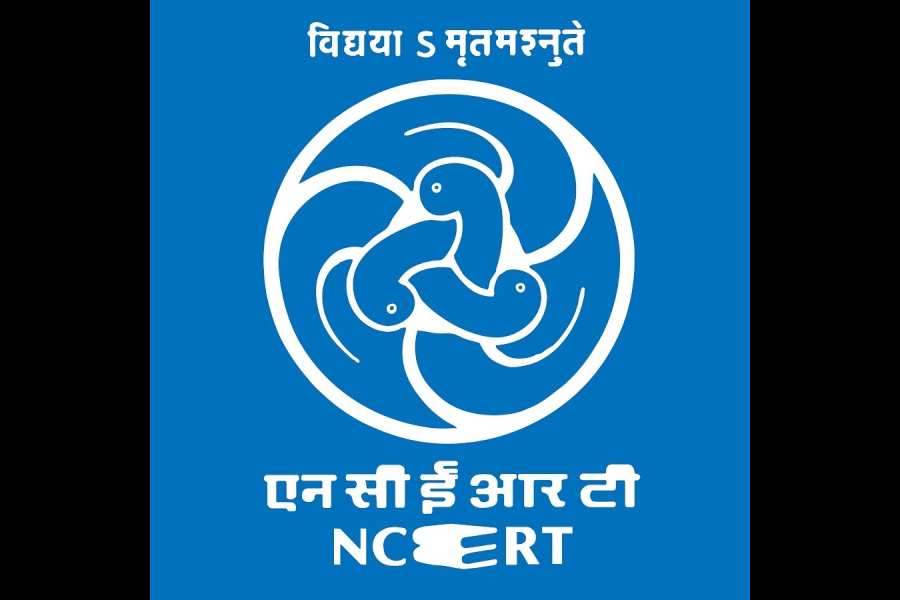'SIKHS SHARE CLOSE BOND WITH JAGANNATH TEMPLE'

Watching television glimpses of the historic rath yatra in Puri, some 2,000km away, I am strongly reminded of the inviolability of the secular and multi-ethnic character of the great nation we are all a part of. As a child I had of course heard of the close bonding of the Sikh community with the Lord Jagannath temple, which unfortunately I have not so far had the chance to visit. However, it was much later that I realised the true depth and intensity of this connect, which centuries have failed to erase from our minds.

I am sure a large populace of the Sikh community would have heard of the legend about how the famous Sikh Maha Aarti was composed by Guru Nanak Dev Ji, in which he likened the stars to lamps and the earth to a platter, during his visit to the Jagannath temple in Puri around 1506 CE. Founder of the bhakti cult Guru Nanak Dev Ji was in the process of spreading the message of the oneness of God across the length and breadth of the multi-nation region that was the India of those times when his travels took him to the lofty gates of the Puri temple, so goes the legend.
From his experiences on arrival in Puri, when he and his hungry disciple were served food by an unknown person in gold utensils belonging to the temple, to the sheer ecstasy into which he was thrown by the majesty of Lord Jagannath's idol, stories of Guru Nanak Dev Ji's tryst with Puri have continued to regale all visitors to the temple to this date. It is said and believed that the Sikh Aarti was born out of this unique experience of the Guru, who is credited with universalising Jagannath after realising the true potentialities of the Lord, who he found to be neither aakar nor nirakar but a true symbol of the oneness of the universal God.
The connection between the Lord Jagannath Temple and Sikhism does not end here. It is said that the famous Kohinoor diamond, which is part of the British crown jewels, would have been a part of the temple today had the last wish of Maharaja Ranjit Singh been realised. There is reportedly a communiqué, dated July 2, 1839, in which the Maharaja, during his last days, had expressed the wish that the coveted diamond "be sent to the temple of Jagannath".
I am sure there are many more such examples and instances which underline the inexorable link between Sikhism and Puri's Jagannath Temple. I remember hearing and reading about Guru Gobind Singh Ji's link with Puri, from a young boy from a humble background who came to Anandpur Sahib in 1699 to offer his head to the guru, and went on to be remembered as one of the panj pyares to have received the vows of the Khalsa directly from Guru Gobind Singh Ji.
Individually and collectively, these little nuggets of historical information endorse the deep-rooted strength of the secular fabric into which our glorious national character is inalienably woven. They underscore the oneness of God and the truly universal nature of all religions and their teachings. They teach us the true meaning of unity in plurality - the bedrock of India's progressive journey over the centuries.
To say that I feel a strong sense of pride at being a part of this multi-cultural ethos would be an understatement. The fact of the matter is that I feel immense satisfaction and happiness that I belong to a nation that throbs with one heart despite the diversity of its people. It gives me extreme pleasure, to say the least that I was born in a land, which recognises not the physical differences that set human beings apart but the spiritual commonality that makes us one.
Today, as we look around us at the growing intolerance among people, it becomes even more important to recognise and realise the strength of the universality that defines the Indian ethos. The purity of this ethos is akin to the pure sounds of the Sikh Aarti, which Guru Nanak Dev Ji was inspired to script by an idol, which by a practical yardstick, was as far removed from his religion as Puri was from Punjab - the home of Sikhism. It is time, therefore, to allow those sounds to seep into our spirit and enrich our souls to raise them to the level where they truly belong - closer to that one universal god to whom all religions belong.
• The writer is chief minister of Punjab










